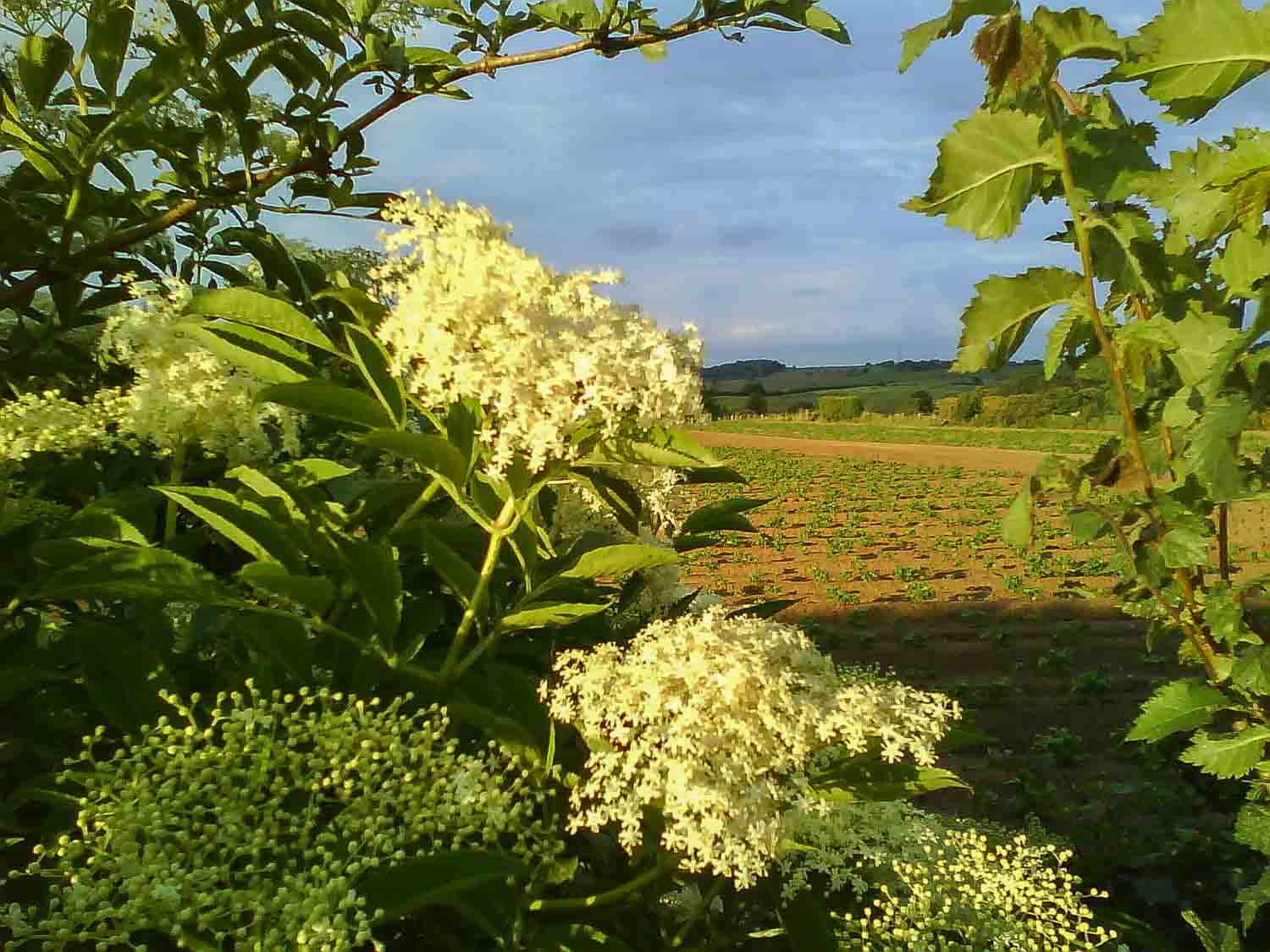Elderflower Growing Zone Australia
Elderflower is a fragrant and delightful ingredient that has become increasingly popular in the food and beverage industry in recent years. While elderflower is typically grown in Europe and North America, many people in Australia are interested in growing elderflower in their own backyard. In this article, we will explore elderflower growing zone Australia and everything you need to know about growing elderflower in this region.
Pain Points Related to Elderflower Growing Zone Australia
Growing elderflower in Australia can be a bit challenging due to the country's unpredictable climate and varying soil types. Many people struggle with finding the right conditions to grow elderflower successfully, and some may not even know where to start. Additionally, elderflowers are susceptible to certain pests and diseases that can affect their growth and yield.
Answering the Target of Elderflower Growing Zone Australia
The elderflower growing zone in Australia is relatively small compared to other regions around the world. Elderflowers prefer cooler climates with temperatures ranging from 15 to 21 degrees Celsius, making the southern regions of Australia ideal for growing elderflower. Areas such as Victoria, Tasmania, and Southern New South Wales have the right climate and soil conditions to grow elderflower successfully.
Summary of Elderflower Growing Zone Australia
Overall, growing elderflower in Australia can be challenging, but not impossible. By selecting the right growing region and providing the appropriate soil and watering conditions, you can successfully grow elderflower in your own backyard. Keep in mind that elderflowers prefer cooler temperatures and may be susceptible to certain pests and diseases, so it is important to do your research and take proper precautions to ensure a healthy yield.
Elderflower Growing Zone Australia and Soil Requirements
When it comes to elderflower growing zone Australia, soil is a crucial factor to consider. Elderflowers prefer well-draining soil that is rich in organic matter. Soil that is too compact or heavy can cause the roots to rot, leading to stunted growth or even death of the plant.
For the best results, choose a location with well-draining soil that receives partial shade during the day. When planting elderflowers, ensure that the soil is moist but not waterlogged, as too much moisture can also cause damage to the roots.

Choosing the Right Elderflower Varieties for Australia
While there are several elderflower varieties available, not all of them are suitable for growing in Australia. When choosing an elderflower variety, it is important to consider the climate and growing conditions of your region to ensure that the plant will thrive.
One of the best elderflower varieties for Australia is the European elder (Sambucus nigra). This variety is hardy, easy to grow, and produces abundant flowers and fruit. Other elderflower varieties that may be suitable for Australia include the Nova (Sambucus canadensis) and Adams (Sambucus mexicana) varieties.
Protecting Elderflowers from Pests and Diseases
Elderflowers are susceptible to certain pests and diseases that can affect their growth and yield. Common pests that may affect elderflowers include aphids, spider mites, and thrips. Diseases such as powdery mildew and leaf spot can also affect the plant's health.
To protect your elderflowers from pests and diseases, it is important to maintain good growing conditions and practice proper plant care. This includes regular pruning, monitoring for pests, and using organic pest control methods when necessary.
Question and Answer Section
Q: What are the best months to plant elderflowers in Australia?
A: The best time to plant elderflowers in Australia is during the autumn or winter months when the weather is cooler and there is less risk of the plant drying out.
Q: How often should I water my elderflowers?
A: Elderflowers require regular watering, particularly during their first year of growth. Water your elderflowers once a week during dry periods, and ensure that the soil remains moist but not waterlogged.
Q: Can I grow elderflowers in a container?
A: Yes, you can grow elderflowers in a container as long as the container is large enough to allow the roots to spread and the soil is well-draining. However, keep in mind that container-grown elderflowers may require more frequent watering and fertilizer applications.
Q: How long does it take for elderflowers to bloom?
A: Elderflowers typically bloom in the late spring or early summer, depending on the climate and growing conditions. It may take one to two years for a newly planted elderflower to produce its first blooms.
Conclusion of Elderflower Growing Zone Australia
In summary, growing elderflowers in Australia is challenging but not impossible. By selecting the right growing region, providing appropriate soil and watering conditions, and protecting your plants from pests and diseases, you can successfully grow elderflower in your own backyard. Keep in mind that elderflowers prefer cooler temperatures and are susceptible to certain pests and diseases, so it is important to do your research and take proper precautions to ensure a healthy yield.
Gallery
Elderberries - The Farm Between | Elderberry Bush, Plants, Elderberry
Photo Credit by: bing.com / elderberry elderberries elderflower shrubs flower canadensis sambucus
Pin On Shrubs
Photo Credit by: bing.com / elderberry holunder elderberries sambucus vlierbessen falscher nigra unterschied vinegar balsamic vorkommen wo uncommon shrub echter berries gin herb medicinal bushes
Want To Start Foraging Elderflower? We Have The Best Tips And Recipes
Photo Credit by: bing.com / elderflower foraging
Do Elderflowers Grow In Australia - Zahra Blog
Photo Credit by: bing.com / elderflower elderflowers identify spray
Classic Homemade Elderflower Cordial Recipe - Bacon Is Magic
Photo Credit by: bing.com / elderflower cordial smell bitter baconismagic



